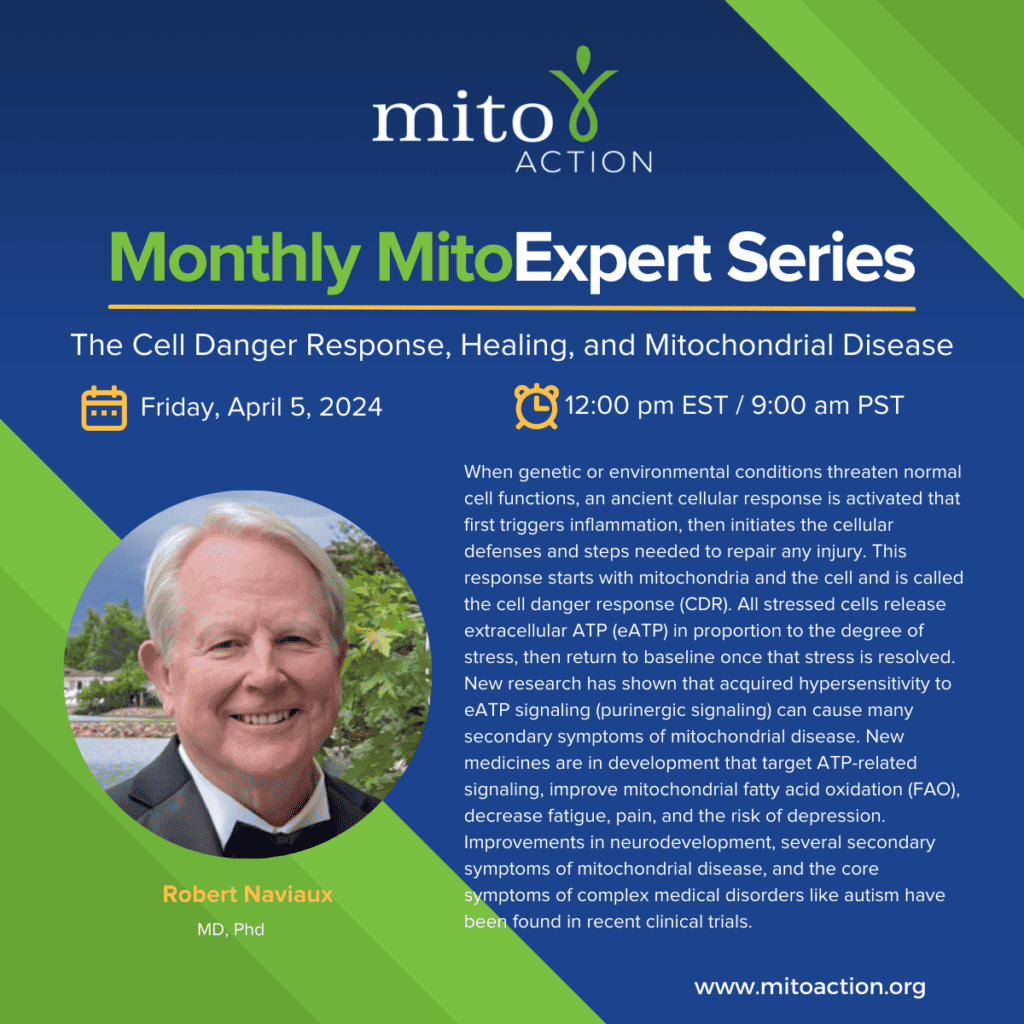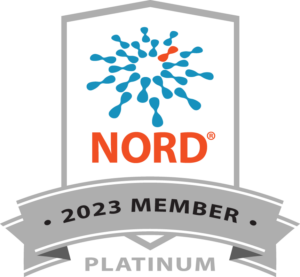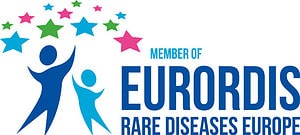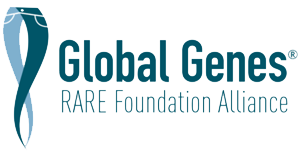
- This event has passed.
Expert Series: The Cell Danger Response, Healing, and Mitochondrial Disease
April 5, 2024 @ 12:00 pm – 1:00 pm EDT

When genetic or environmental conditions threaten normal cell functions, an ancient cellular response is activated that first triggers inflammation, then initiates the cellular defenses and steps needed to repair any injury. This response starts with mitochondria and the cell and is called the cell danger response (CDR). All stressed cells release extracellular ATP (eATP) in proportion to the degree of stress, then return to baseline once that stress is resolved. New research has shown that acquired hypersensitivity to eATP signaling (purinergic signaling) can cause many secondary symptoms of mitochondrial disease. New medicines are in development that target ATP-related signaling, improve mitochondrial fatty acid oxidation (FAO), and decrease fatigue, pain, and the risk of depression. Improvements in neurodevelopment, several secondary symptoms of mitochondrial disease, and the core symptoms of complex medical disorders like autism have been found in recent clinical trials.










